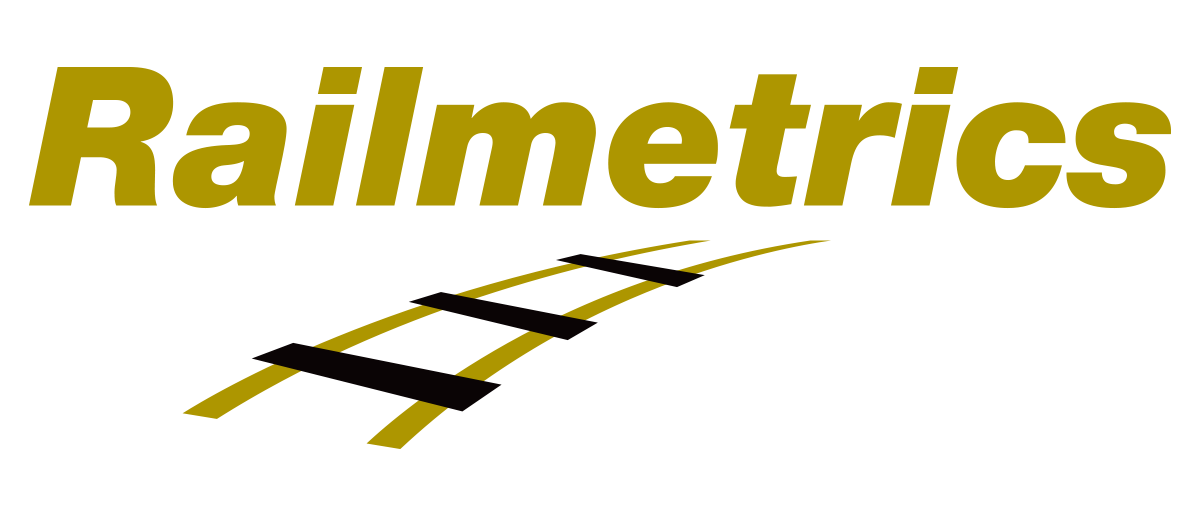
Published Fri 10th Mar 2023
The recent derailment of a Norfolk Southern freight train in the Ohio town of East Palestine has hit the front pages for many reasons. The incident involved spillage of dangerous chemicals including vinyl chloride and butyl acrylate which was later set on fire by state officials to prevent an uncontrolled explosion.
Unsurprisingly, the ensuing black clouds and worries about contamination caused a local backlash, but it is the wider political ripples of concern about rail safety that may prove to be more significant in the long term. Core elements of these concerns strike a chord not just in the USA, but across many of the world’s rail networks; they include worries about the combination of increasing traffic levels (either through more frequent or longer trains) and ageing infrastructure that is doing a job it was never built for.
Given that wholesale replacement of the infrastructure would be too expensive and disruptive to consider, other options must be explored. Smarter asset management is needed to protect the infrastructure and the people who use it, and this needs to be based on timely, reliable data.
Much has been written about the Ohio derailment. A Wall Street Journal article dated March 8th focused on the potential role of temperature sensing instruments that could have detected overheating bearings on the train and enabled the operator to stop before the derailment. Investigators will no doubt focus on the processes relating to this “hot box” detector data, and politicians are already demanding that more such devices are deployed across the network.
The temperature sensing system is just one tool in a growing arsenal of sensing technologies and railroad operators around the world have adopted - to varying degrees - a whole range of sensors to monitor the condition of both the rolling stock and the infrastructure that it rolls on. Sensing technologies on board trains, both dedicated survey trains and scheduled services routinely collect data on parameters such as vibration at the wheel / rail interface, the geometry of the track and the condition of overhead electrification.
When it comes to the railroad itself, asset managers responsible for track, bridges, tunnels and earthworks can potentially also build a comprehensive picture of conditions, often without even visiting the track site. To an extent this is already happening and it is contributing to some positive trends: the number of hazardous-materials spills in the US has halved in the last decade, whilst the number of derailments has dropped by around 20%. But as trains get longer and the public grow more risk-averse, the pressure to do better is not going away.
If we are to harness the immense power of remote condition monitoring, high-speed scanning and AI technologies, more commitment and more investment is needed. Where that commitment has been made it is bringing positive results.
High profile derailments, regrettably, still happen in most countries. The 2020 accident at Stonehaven in Scotland caused the death of three people when a passenger train hit debris that had been washed onto the track following heavy rainfall. The event served to sharpen focus on the risk of landslides, debris flows and rockfalls and the technologies that can mitigate such risks. The UK infrastructure owner Network Rail was an early adopter of some of these technologies, particularly wireless remote condition monitoring. Since 2019 it has deployed more than 20,000 wireless tilt sensors and automated cameras along 30 miles of its most vulnerable routes in order to provide early detection and alerts of slope failures that threaten to block or undermine the track.
And other national networks are adopting the technology. In the USA, a landmark was passed in 2022 when all seven of the Class 1 railroads had commercial deployments of Senceive wireless monitoring installed on various elements of their infrastructure. Applications ranged from short-term track monitoring (measuring parameters such as slew, cross-level, twist and settlement) where construction activity is taking place adjacent to the railroad, to longer term monitoring of embankments and slopes using the responsive InfraGuard™ solution.
Another way to take advantage of this technology is to use it in the immediate aftermath of an event. Wireless tilt sensors, for example, can be deployed in a few hours and can provide precise data on movement of the track or the supporting materials while remedial works are taking place. There are numerous examples of sites where this type of emergency response monitoring has enabled railroads to continue running trains whilst repairs are underway because they can see movement in near real-time.
If there is good to come out of terrible events such as the Ohio or Stonehaven derailments, then it could just be that high-level decision makers are being made more aware of sensing technologies and the role they can play in making rail safer and more efficient.










